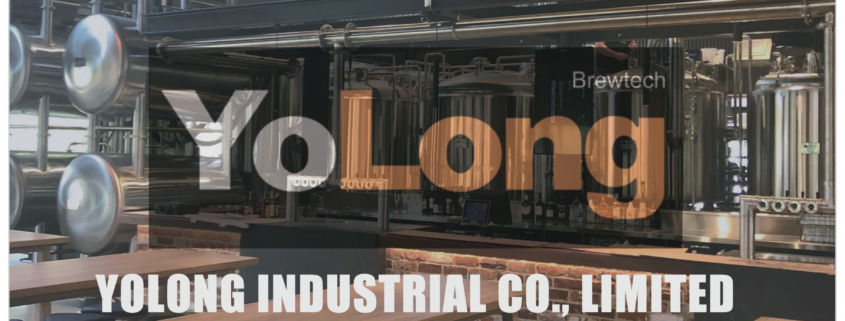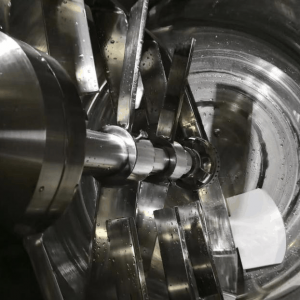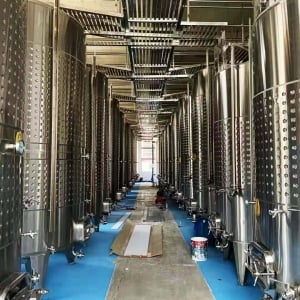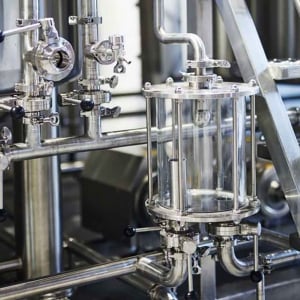Commercial Brewing Equipment for Sale
If you’ve ever dreamed of starting your brewery or upgrading your existing setup, understanding commercial brewing equipment is crucial. Brewing beer isn’t just a craft—it’s a science that requires the right tools to ensure quality, consistency, and efficiency. From large-scale production to custom layouts, this guide covers everything you need to know about commercial brewing equipment for sale, including types, costs, installation, and maintenance.
Overview of Commercial Brewing Equipment
Brewing beer on a commercial scale is all about efficiency and precision. Whether you’re setting up a new brewery or expanding an existing one, choosing the right equipment can make or break your operation. The process involves various stages like mashing, boiling, fermenting, and packaging, each requiring specific machinery.
Brewing equipment is generally categorized based on scale and function, such as pilot systems for experimentation, microbrewery setups for small-scale production, and full-scale commercial brewing systems for mass production.
Key considerations include:
- Capacity: Determines the volume of beer you can produce in a single batch.
- Space: Impacts layout design and workflow efficiency.
- Customization: Offers flexibility in design to fit unique requirements.
- Price: Reflects the quality, features, and scale of the equipment.
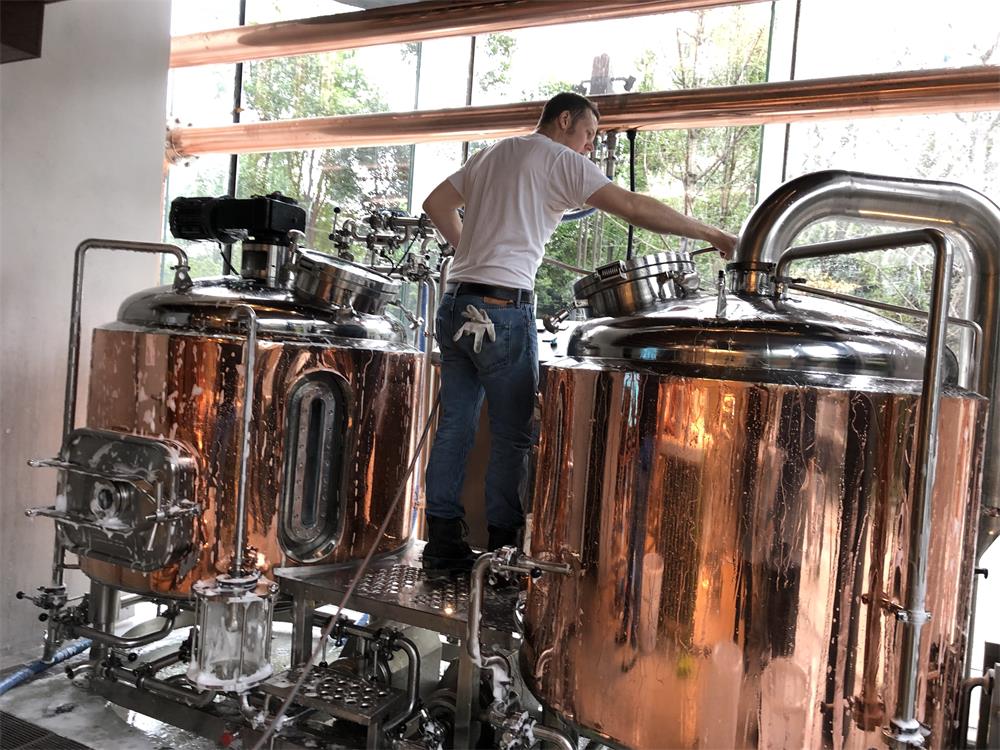
Types of Commercial Brewing Equipment
Each stage of the brewing process has specialized equipment to optimize quality and efficiency. Here’s a detailed guide:
Essential Equipment Guide
| Equipment | Purpose | Key Features |
|---|---|---|
| Mash Tun | Converts malt into fermentable sugars via mashing. | Stainless steel body, heating jacket, insulation. |
| Brew Kettle | Boils the wort with hops for flavor and sterilization. | Steam/electric heating, whirlpool feature, precision control. |
| Fermenters | Vessels where wort ferments into beer with yeast. | Temperature control, various sizes, and pressure ratings. |
| Bright Beer Tanks | Carbonates beer and prepares it for packaging. | Polished interiors, carbonation stones, cooling jackets. |
| Heat Exchanger | Rapidly cools wort post-boiling to fermentation temperature. | Efficient thermal transfer, dual-phase cooling. |
| Pumps | Transfers liquid between stages like mashing, lautering, and fermenting. | Durable build, variable flow control, CIP compatibility. |
| CIP System | Cleans tanks and piping to maintain hygiene. | Spray balls, chemical dosing systems, automated processes. |
| Packaging Equipment | Bottling, canning, or kegging beer for distribution. | Automated or semi-automated lines, speed options. |
These tools are indispensable for producing consistent, high-quality beer.
Brewing Process Overview
The brewing process can be broken into five critical stages, each supported by specific equipment:
- Mashing and Lautering: Malted barley is mixed with hot water in the mash tun to extract sugars. The resulting liquid, called wort, is separated from solids in the lauter tun.
- Boiling: The wort is boiled in the brew kettle while hops are added for bitterness and aroma.
- Cooling: A heat exchanger rapidly cools the wort to fermentation temperature to prevent contamination.
- Fermentation: Yeast is added in fermenters, converting sugars into alcohol and CO2.
- Conditioning and Packaging: The beer is carbonated in bright beer tanks, then packaged for sale.
Commercial Brewing Equipment Comparison Table
| Feature | Pilot Systems | Microbrewery Equipment | Full-Scale Equipment |
|---|---|---|---|
| Batch Size | 1–5 barrels | 5–30 barrels | 30–300+ barrels |
| Footprint | Compact | Medium | Large |
| Customization | Moderate | High | Extensive |
| Price Range | $10,000–$50,000 | $50,000–$500,000 | $500,000–$5,000,000 |
| Best For | Testing new recipes | Craft breweries | Large-scale breweries |
Customizing Your Brewery Layout
Customization is key when designing a brewery. Here’s how capacity, space, and design interplay in planning:
| Parameter | Small Breweries | Medium Breweries | Large Breweries |
|---|---|---|---|
| Space Required | 500–2,000 sq. ft. | 2,000–10,000 sq. ft. | 10,000+ sq. ft. |
| Design Options | Basic, modular systems | Flexible layouts | Tailored, large-scale layouts |
| Customization | Limited to standard options | Customizable as per brewery flow | Fully customizable for efficiency |
Suppliers and Price Range
| Supplier | Specialty | Price Range | Location |
|---|---|---|---|
| ABC Brewing Co. | Small-scale brewery setups | $20,000–$150,000 | USA, EU |
| BrewTech Global | Custom large-scale solutions | $300,000–$5,000,000 | Worldwide |
| EasyBrew Systems | Mid-range equipment for microbreweries | $50,000–$500,000 | USA, Asia |
| Precision BrewWorks | High-tech automated brewing systems | $100,000–$2,000,000 | EU |
Installation, Operation, and Maintenance
Running a brewery smoothly involves careful planning and upkeep. Let’s break it down:
| Aspect | Details |
|---|---|
| Installation | Involves layout planning, utility connections (water, gas, electricity). |
| Operation | Staff training for equipment handling, monitoring processes. |
| Maintenance | Regular CIP cleaning, checking seals, replacing worn-out components. |
Proper training and scheduled maintenance are essential to avoid downtime and extend equipment life.
How to Choose the Right Supplier
Choosing the right supplier involves assessing multiple factors:
| Factor | Details |
|---|---|
| Reputation | Look for reviews, client references, and years of experience. |
| Customization | Check if the supplier offers tailored solutions. |
| Warranty | Ensure equipment comes with a robust warranty period. |
| Support | 24/7 technical assistance, spare parts availability. |
| Price Transparency | Clear breakdown of costs with no hidden charges. |
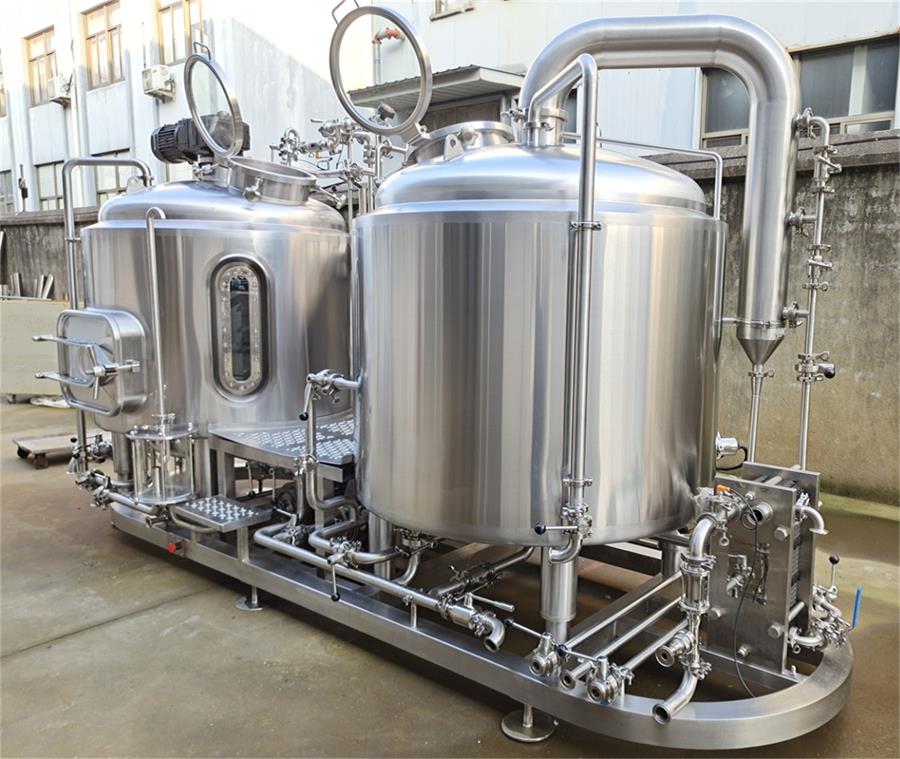
Pros and Cons of Commercial Brewing Equipment
| Aspect | Advantages | Limitations |
|---|---|---|
| Stainless Steel | Durable, easy to clean, corrosion-resistant. | Higher initial cost. |
| Automated Systems | Save labor, improve precision, increase efficiency. | Require significant upfront investment and training. |
| Custom Layouts | Enhance workflow, optimize space. | Customization adds to delivery time and costs. |
FAQ
| Question | Answer |
|---|---|
| What is the lifespan of brewing equipment? | Properly maintained equipment can last 10–30 years, depending on usage. |
| Can I start small and expand? | Yes, modular systems allow scalability as your brewery grows. |
| Is financing available for equipment? | Many suppliers offer financing options to spread the cost. |
| Do I need a separate space for brewing? | Yes, breweries require dedicated areas with specific utility setups. |

